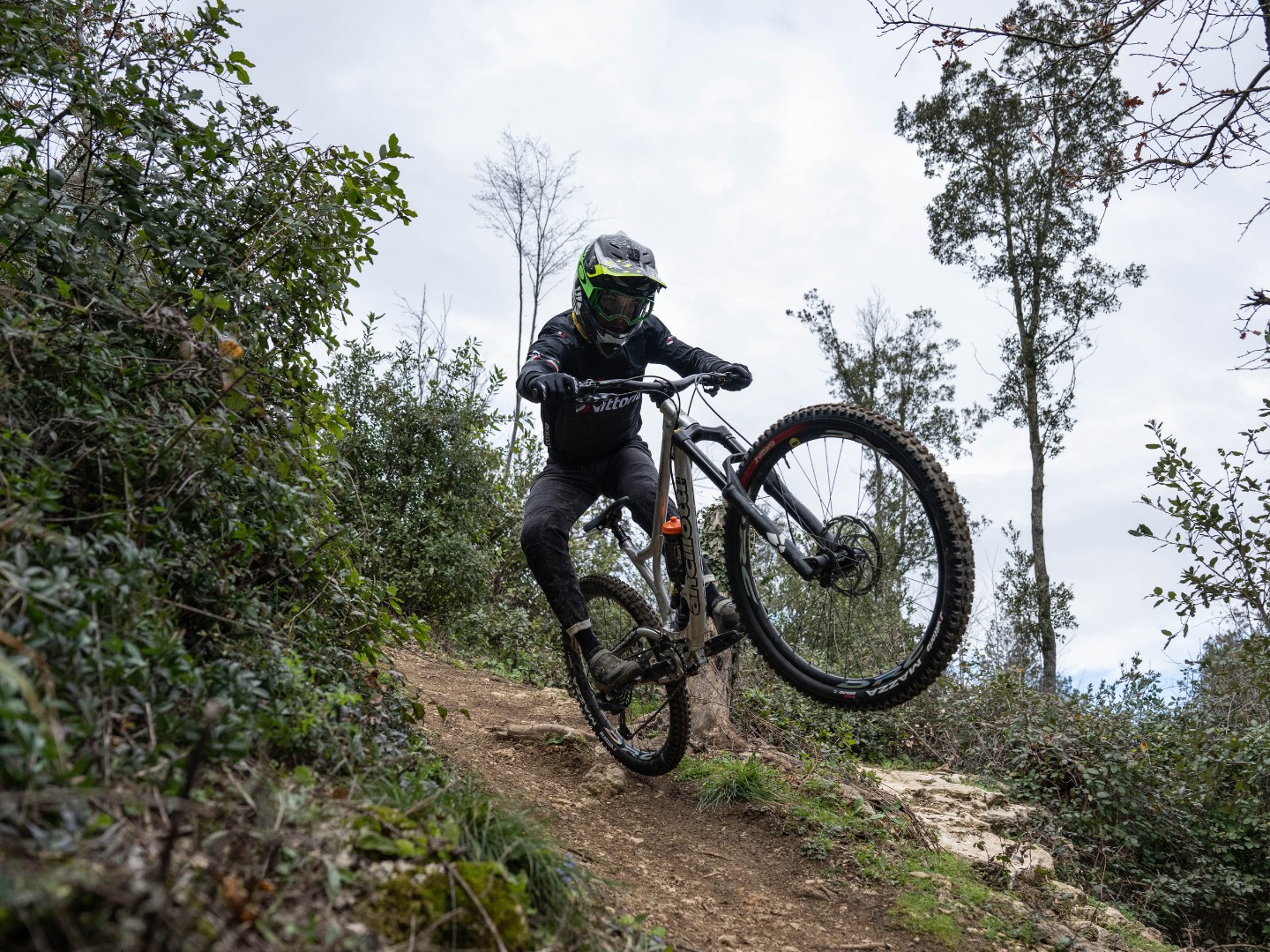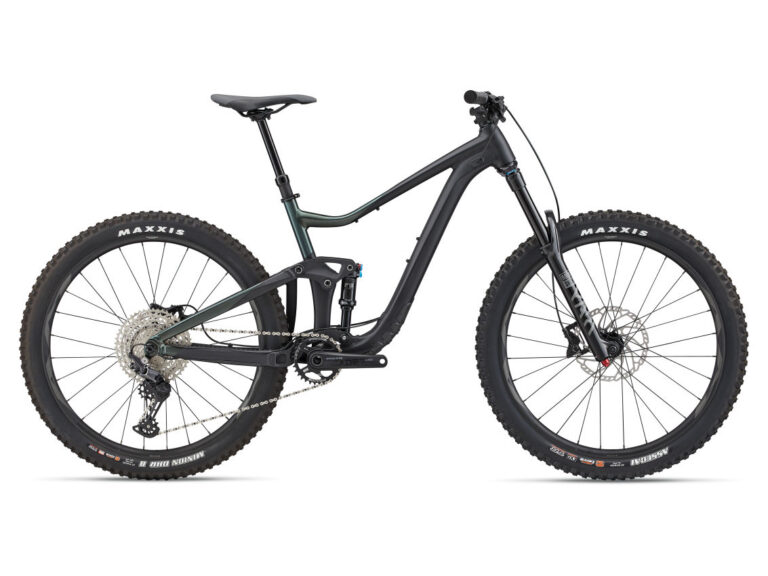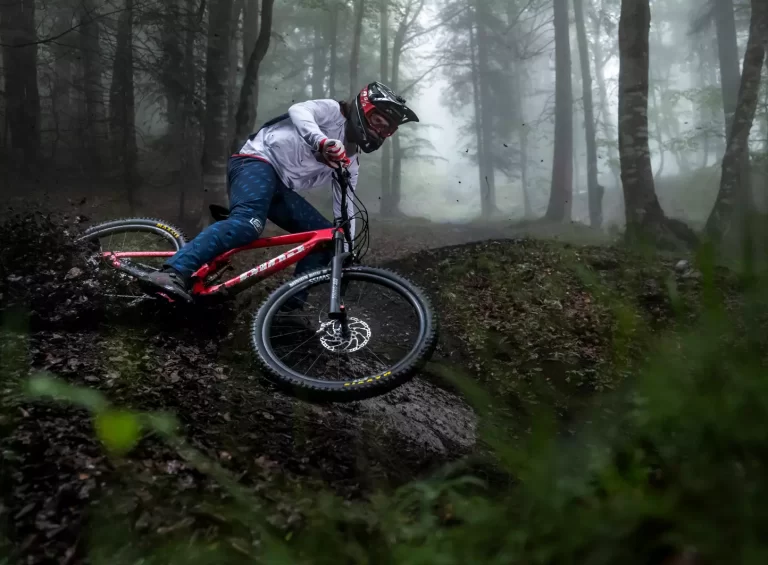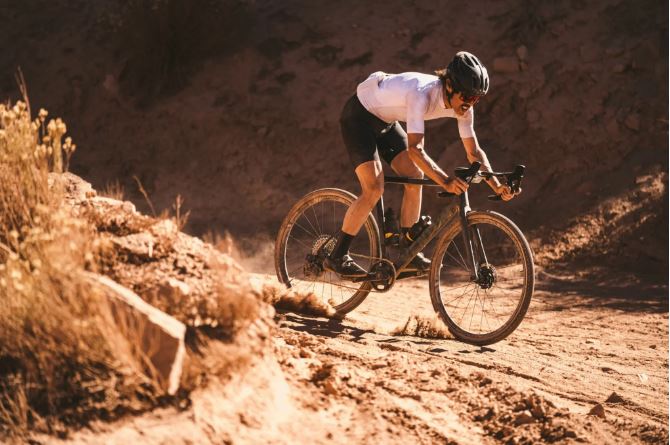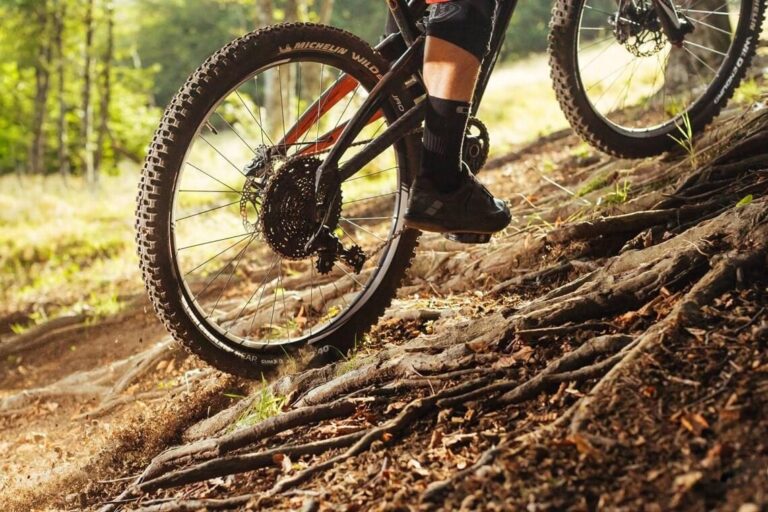Seasonal Considerations for Downhill Bike Tires
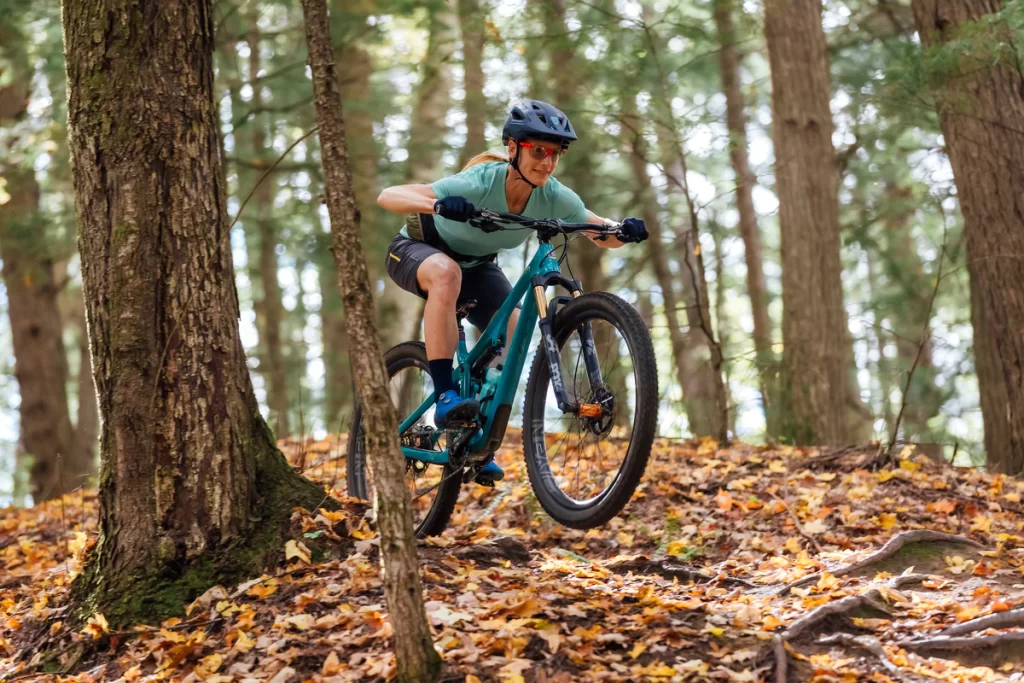
Key Point Summary of Seasonal Considerations for Downhill Bike Tires:
- Adapt to Changing Conditions: Selecting the right downhill bike tires for different seasons enhances safety, performance, and enjoyment.
- Spring and Autumn: Look for tires with aggressive tread patterns and mud-shedding capabilities to handle wet and slippery conditions.
- Summer: Opt for tires with harder compounds and lower profiles for better speed and traction on dry, hard-packed trails.
- Winter: Consider spiked or studded tires for icy conditions, or wider tires with flexible compounds for better grip in cold temperatures.
Navigating the thrilling world of downhill biking requires not just skill and courage but also a keen understanding of how seasons affect your ride, especially when it comes to choosing the right tires. As a seasoned cyclist who’s ridden the gamut from slick, muddy spring trails to dry, dusty summer descents, I’ve learned the importance of adapting my setup to match the weather conditions. Here’s a deep dive into the seasonal considerations for downhill bike tires, aimed at helping beginner to mid-level cyclists make informed decisions for year-round riding.
Seasonal Guide to Downhill Bike Tires
Spring: The Mud Season
Spring riding can be tricky with frequent rain turning trails into challenging mud baths. Tires with deep, aggressive treads and wide spacing between knobs are essential to cut through the mud and maintain traction. A softer rubber compound also helps in gripping slippery roots and rocks.
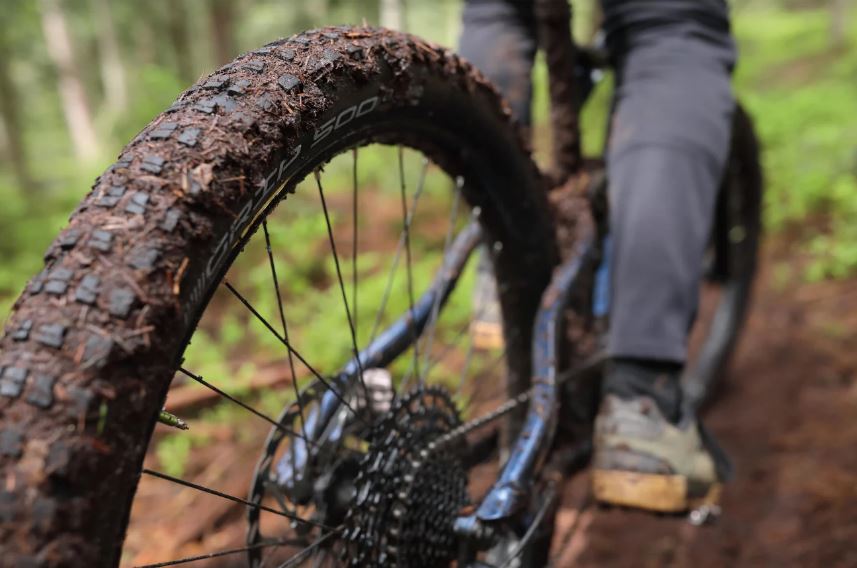
Summer: Dry and Dusty Trails
Summer brings dry conditions and hardpacked trails, requiring a shift in tire strategy. Here, a tire with a harder compound and a lower profile tread pattern is ideal. These tires roll faster on hard surfaces and offer stability at high speeds. During a memorable summer race, switching to a tire designed for dry conditions provided the extra speed and control needed to clinch a podium finish.
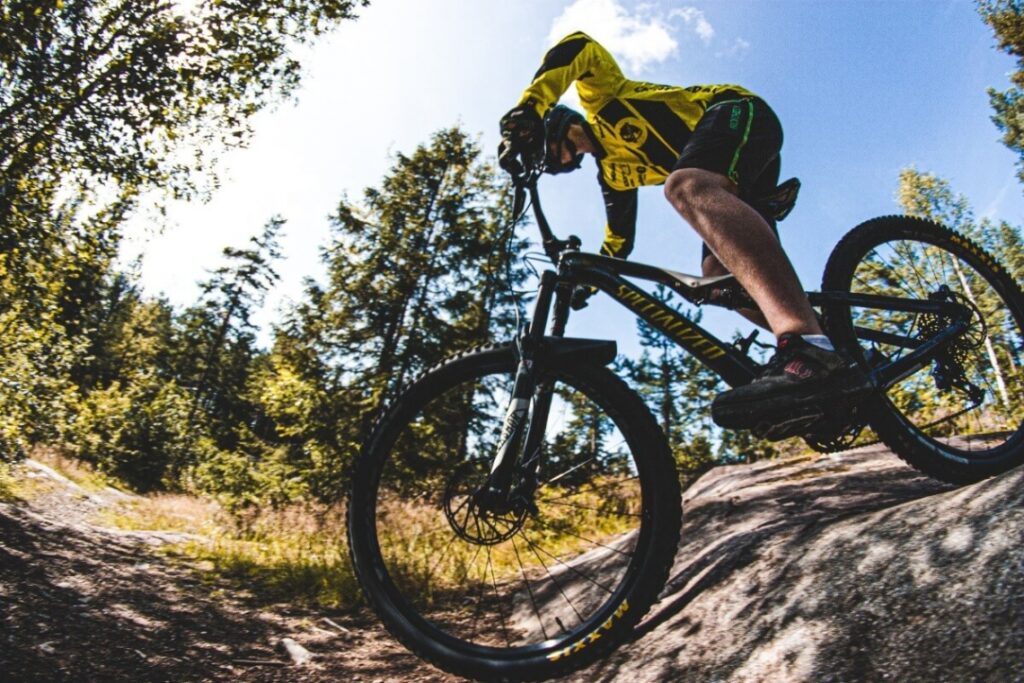
Autumn: The Mix of Dry and Wet
Autumn riding often presents a mix of dry and wet conditions. Tires that offer a balance between aggressive mud performance and efficient rolling on dry sections are key. Look for versatile tires with a medium tread depth and compound that can handle morning dew on trails and occasional mud without compromising on rolling resistance.
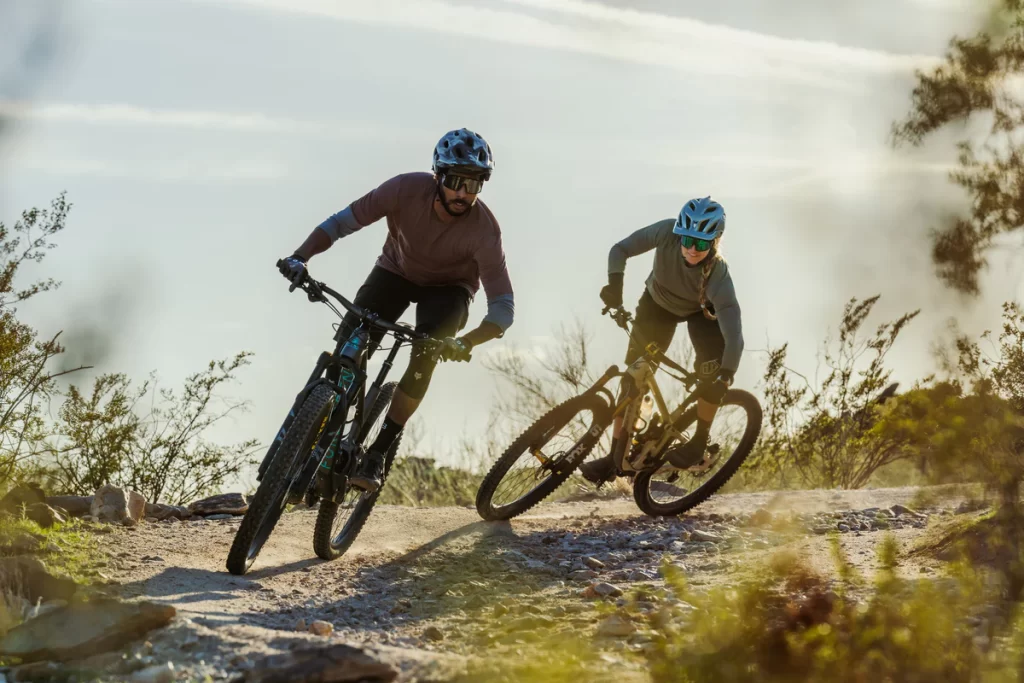
Winter: Cold, Ice, and Snow
Winter conditions call for specialized tire considerations. For icy trails, studded or spiked tires provide indispensable grip, while in snowy conditions, wider tires with a soft, flexible compound help maintain traction by creating a larger contact patch with the ground. Riding in winter conditions can be daunting, but the right tire setup transforms it into an exhilarating experience, proving the difference proper equipment can make.
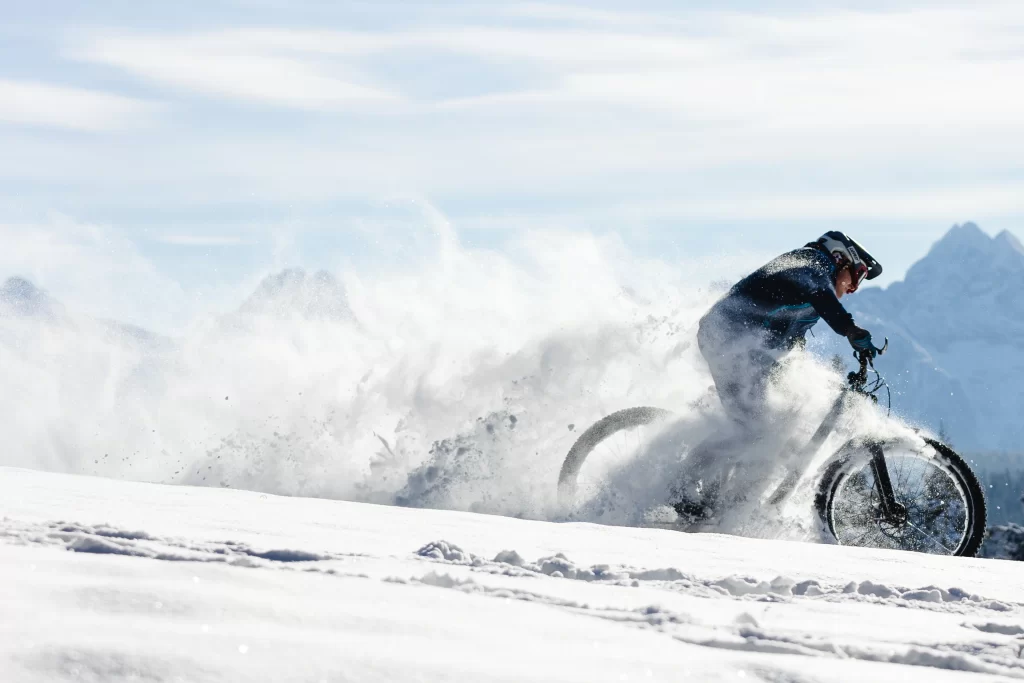
Choosing the Right Tires
Selecting the right downhill bike tires for each season involves considering not just the tread pattern and rubber compound but also tire pressure and width. Lower pressures can enhance grip in slippery conditions, while higher pressures may be better for rolling efficiency on hardpacked surfaces. Additionally, the width of the tire can impact its performance under various seasonal conditions, with wider tires generally offering better traction in loose or slippery conditions.
Wrapping Up
Wrapping up the insights on seasonal considerations for downhill biking, here’s a list of some of the best enduro bike tires that cater to varying seasonal conditions, ensuring you’re well-equipped year-round:
- Spring/Autumn – Wet and Muddy Conditions:
- Maxxis Shorty: Known for its aggressive tread pattern, ideal for cutting through mud and gripping slippery surfaces.
- Schwalbe Magic Mary: Versatile and aggressive, this tire excels in wet conditions with its open tread design for mud shedding.
- Summer – Dry and Hardpacked Trails:
- Continental Trail King: Offers a balanced blend of rolling efficiency and grip on dry, hard-pack terrain.
- Maxxis Minion DHR II: A favorite for its rear-specific tread design, providing excellent traction and braking on dry surfaces.
- Autumn – Mixed Conditions:
- Michelin Wild AM: Provides a great mix of grip and durability, suitable for the varied conditions of autumn riding.
- Schwalbe Hans Dampf: Offers versatility with a balance of rolling efficiency and traction in mixed conditions.
- Winter – Cold, Ice, and Snow:
- Specialized Hillbilly: A great choice for snow and mud, with tall knobs that dig deep for traction in soft conditions.
- Schwalbe Ice Spiker Pro: Studded for icy conditions, providing unparalleled grip on frozen surfaces.
These tires represent a range of options tailored to the unique demands of each season, ensuring that enduro riders can find the perfect match for their riding conditions and preferences. Whether tackling the mud of spring, the dust of summer, the unpredictable terrain of autumn, or the icy challenges of winter, the right tire can make all the difference in your riding experience.
As the seasons change, so should your approach to selecting downhill bike tires. By understanding the unique demands of each season and choosing your tires accordingly, you can maximize your safety, performance, and enjoyment on the trails. Whether you’re facing the mud of spring, the dust of summer, the unpredictability of autumn, or the cold of winter, there’s a tire setup that’s optimized for those conditions. The right tires not only enhance your ride but also boost your confidence, allowing you to push your limits and enjoy downhill biking to its fullest, no matter the season.
John
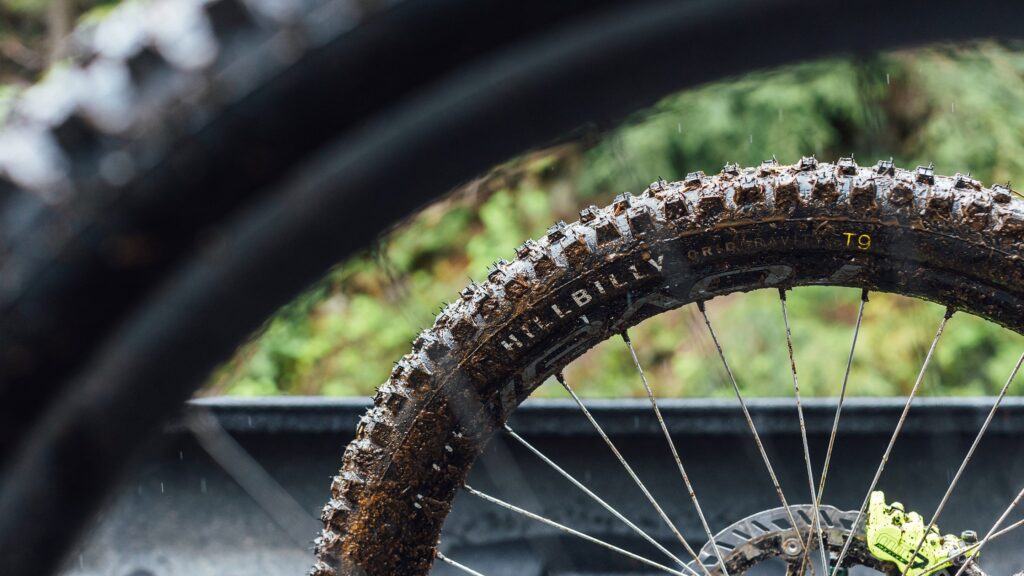
FAQ
What are three 3 considerations when finding the right TYRE pressure on a mountain bike?
Three considerations for finding the right tire pressure on a mountain bike include: rider weight, terrain type (rocky, muddy, smooth), and tire width/type.
Does cold weather affect bike tires?
Yes, cold weather affects bike tires by potentially reducing tire pressure and stiffening the tire compound, which can affect grip and performance.
What TYRE pressure for downhill MTB?
Tire pressure for downhill MTB typically ranges from 22 to 35 psi, varying based on rider preference, weight, terrain, and tire specification.
What tyres do DH racers use?
DH racers use tires designed for high grip and durability, such as the Maxxis Minion DHF, Schwalbe Magic Mary, and Continental Der Kaiser, which are popular for their aggressive tread patterns and robust construction.
